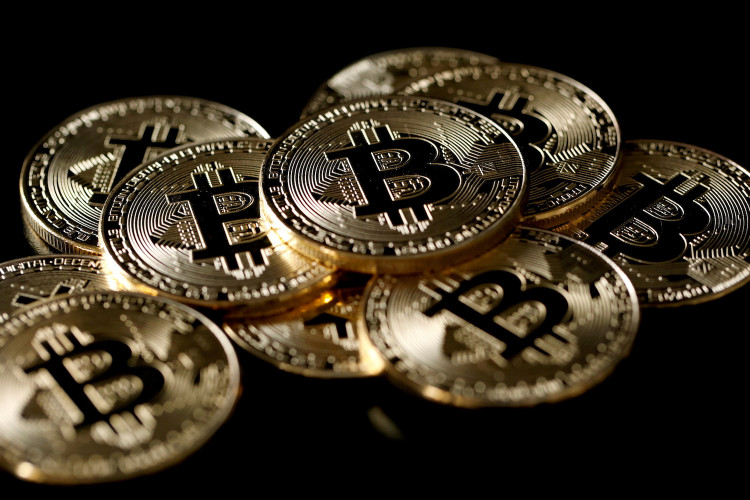Bitcoin prices slumped on Friday, reversing a recent rally as traders remained apprehensive about the ongoing selling pressure from the distributions by the defunct exchange Mt. Gox and the capitulation pressure on major miners. Despite softer-than-expected U.S. inflation data raising hopes for Federal Reserve interest rate cuts starting in September, Bitcoin failed to find support and continued its downward trajectory.
Bitcoin fell 1.3% in the past 24 hours, trading at $57,030.3 by 00:47 ET (04:47 GMT), and briefly dipping to $56,575.7. This decline marks the world's largest cryptocurrency's fifth consecutive week of losses, shedding over 2% this week alone. Persistent concerns about token distributions by Mt. Gox, which began returning Bitcoin stolen in a 2014 hack to creditors, have significantly driven these losses. Traders speculate that recipients of these tokens may opt to sell, given Bitcoin's massive price surge over the past decade.
Mt. Gox's liquidators did not disclose the exact size of the planned distribution, but wallets linked to the exchange moved approximately $9 billion worth of Bitcoin earlier this year. This substantial potential influx of Bitcoin into the market has sparked fears among investors, contributing to the token's price decline. Additionally, the German state of Saxony's sale of Bitcoin confiscated from a piracy website, holding at least $2 billion of the token, further dampened sentiment.
The broader crypto market showed little improvement, with the selling pressure on Bitcoin spilling over into altcoins. Ether, the second-largest cryptocurrency, fell 0.5% to $3,083.52, with limited support from speculation over a spot Ether exchange-traded fund. Meanwhile, XRP and ADA saw slight gains, rising 2.6% and 1.8%, respectively, while SOL dropped 3.5%. Among meme tokens, SHIB sank 2% and DOGE lost 1.4%.
The recent decline in Bitcoin's price came despite positive macroeconomic news. On Thursday, Bitcoin climbed above $59,000 after the U.S. reported its first drop in consumer prices in four years, a sign that bolstered the prospect of an interest-rate cut by the Federal Reserve. However, Bitcoin's inability to sustain a rally, despite this favorable news, suggests that further price weakness may lie ahead.
Iris Energy's Childress, Texas site, well-suited for Bitcoin mining, faced scrutiny after a short-selling report by Culper Research highlighted the site's unsuitability for AI and high-performance computing (HPC) purposes. Iris Energy's shares fell almost 14% following the report. "Iris Energy has not claimed it intends to retrofit its bitcoin mining site in Childress to AI," Bernstein analysts, led by Gautam Chhugani, noted. They estimated that 65% of the company's value is derived from Bitcoin mining and the remaining 35% from AI/HPC.
Despite the market's current woes, some analysts remain optimistic. JPMorgan analysts recently predicted a crypto market rebound in August, suggesting that selling pressure from Mt. Gox and other liquidations would abate by the end of July. They also noted that Bitcoin reserves on major exchanges were decreasing, a trend that could lead to higher prices if supply cannot keep pace with demand.
In other news, Partior, a blockchain payment joint venture of JPMorgan, DBS, and Standard Chartered, raised $60 million in Series B funding. Led by Peak XV Partners, with contributions from Valor Capital Group and Jump Trading Group, Partior aims to establish unified blockchain-based interbank payment rails for instant clearing and settlement. This initiative is part of a broader trend where blockchain technology is increasingly used to expedite banking processes, as evidenced by JPMorgan's Onyx network, which has settled hundreds of billions of dollars in transactions since its launch.
Despite the optimism in some quarters, Bitcoin's current challenges are multifaceted. The significant selling pressure from Mt. Gox distributions, the struggle of major miners, and government sales of confiscated Bitcoin are all contributing to the ongoing volatility. As traders and investors navigate these turbulent waters, the market's response to upcoming macroeconomic developments and internal pressures will be closely watched.






